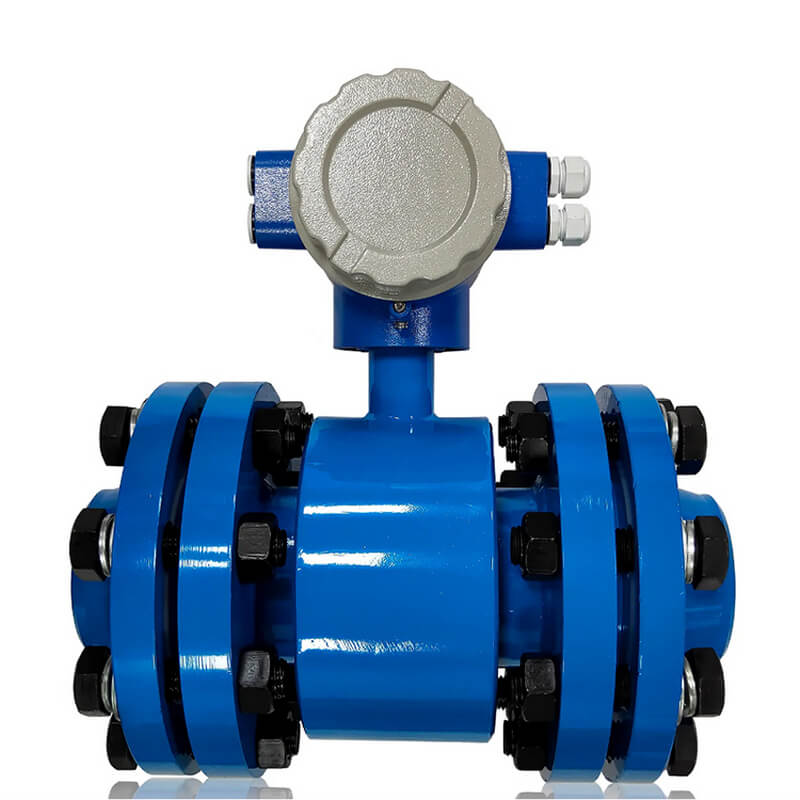Selection Of Installation Environment For High Pressure Electromagnetic Flow Meter
High pressure electromagnetic flowmeter is composed of high pressure electromagnetic flow sensor and intelligent converter produced with proprietary technology and special process. It is specially used to measure the volume flow of conductive liquid or liquid-solid two-phase medium such as mud, cement slurry and high-pressure water injection under high pressure conditions in geological, petroleum exploration and oilfield systems.
Selection of Installation Environment for High Pressure Electromagnetic Flowmeter
1. Keep away from equipment with strong electromagnetic field, such as large motor, large transformer, etc.
2. The installation site shall be free from strong vibration and the pipeline shall be firmly fixed. The ambient temperature should not change much.
3. The installation environment shall be convenient for installation and maintenance.
4. The installation position shall ensure that the pipeline is always filled with the measured fluid.
5. Select a place where the fluid flow pulse is small. That is, it should be far away from local resistance parts such as pumps, valves and elbows.
6. When measuring two-phase (solid, liquid or gas, liquid) fluid, the place where phase separation is not easy to occur shall be selected.
7. Negative pressure at the measuring position shall be avoided.
8. The diameter or perimeter of the pipe to be side is easy to measure, and the ovality should be small. B. The distance L between the two poles is proportional to the average flow velocity of the fluid.
Maintenance, repair and common troubleshooting of high-voltage electromagnetic flow meter
The flow of the converter is negative. 1. The direction indicator plug of the sensor is opposite to the flow direction of the fluid. 2. There is a reverse connection between X and Y or A and B in the junction box of the sensor. The converter outputs an excess range. 1. The flow measurement range value is less than the actual measurement value. 2. The fluid is not full of the pipe. 3. The excitation coil is open. The output signal fluctuates too much. 1. There is gas at the sensor electrode, which causes poor contact between the electrode and the medium. 2. There is sediment on the electrode. The output signal gradually drifts to zero. 1. Water enters the sensor and 2 electrodes are covered. Under standard conditions, the periodic cleaning cycle depends on the scaling rate, and the electrodes and measuring heads (measuring tubes) are cleaned.
